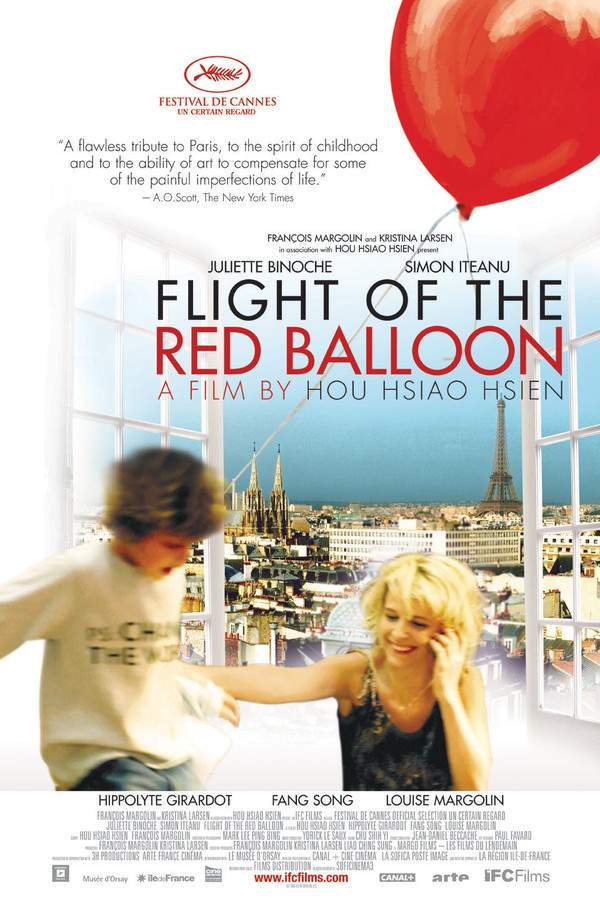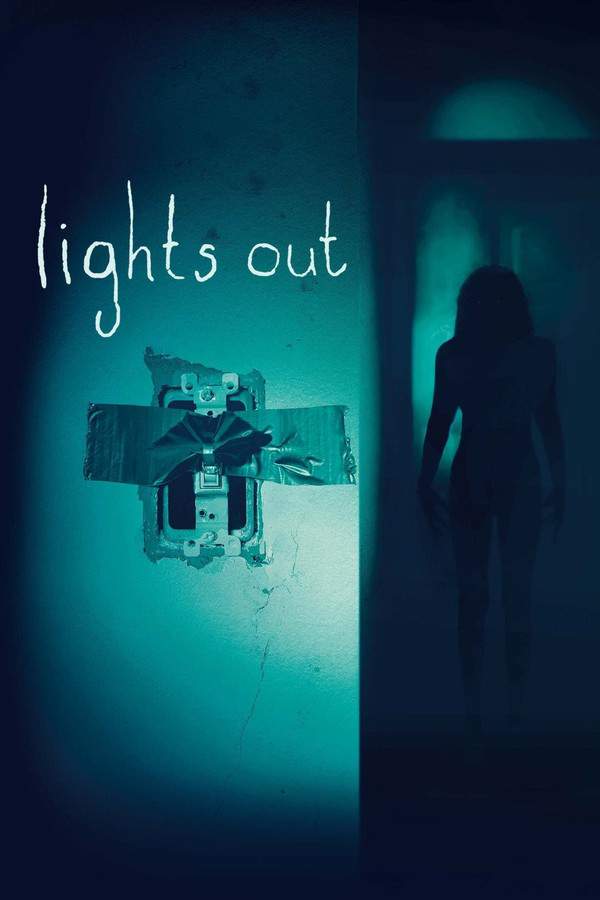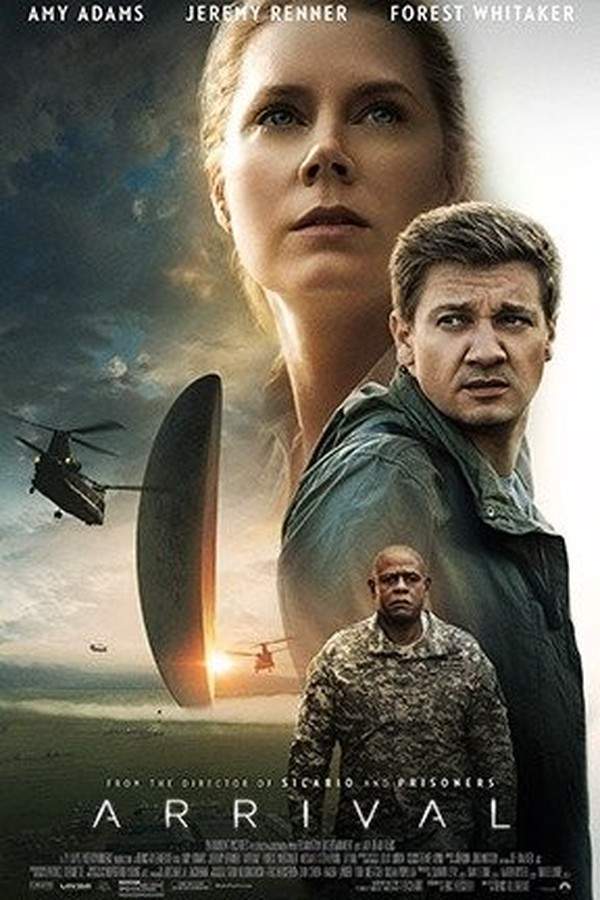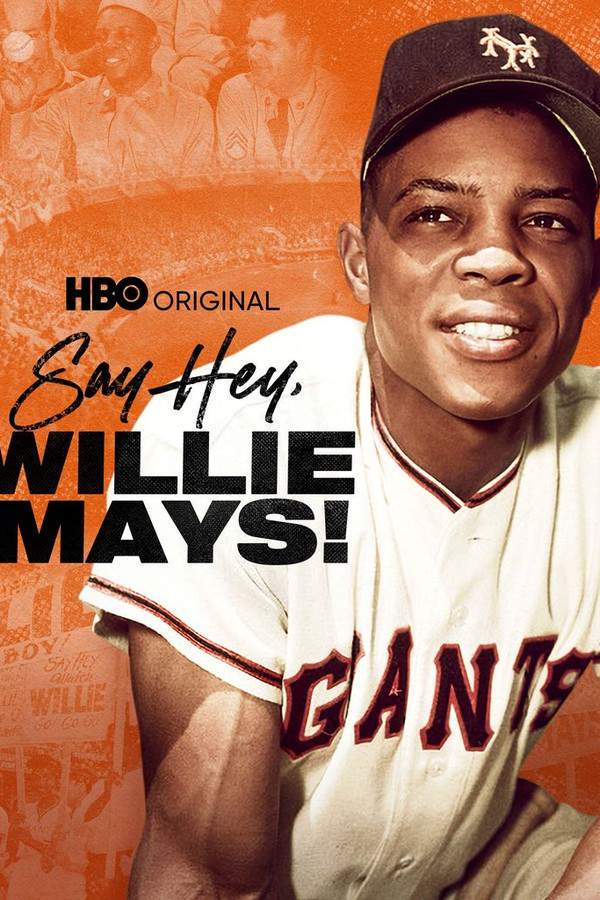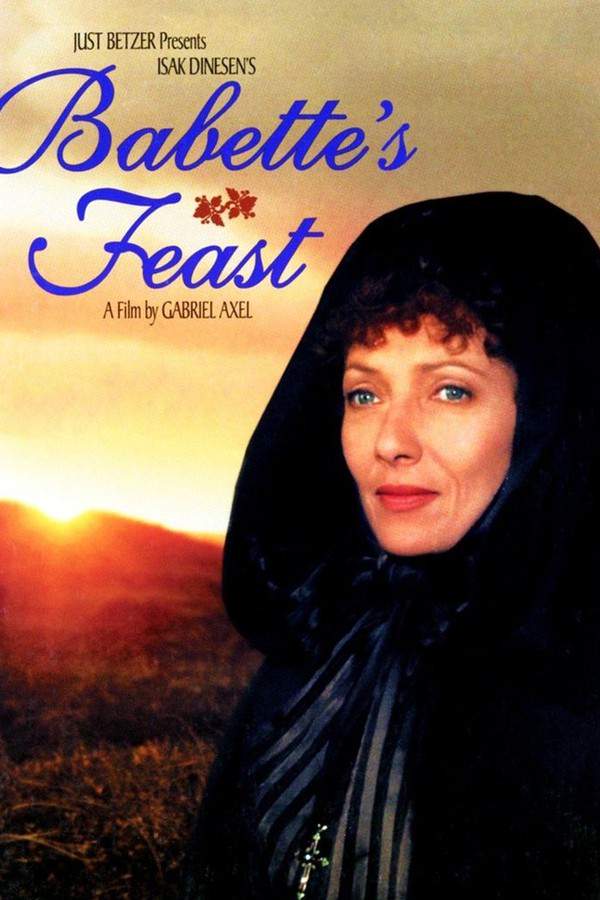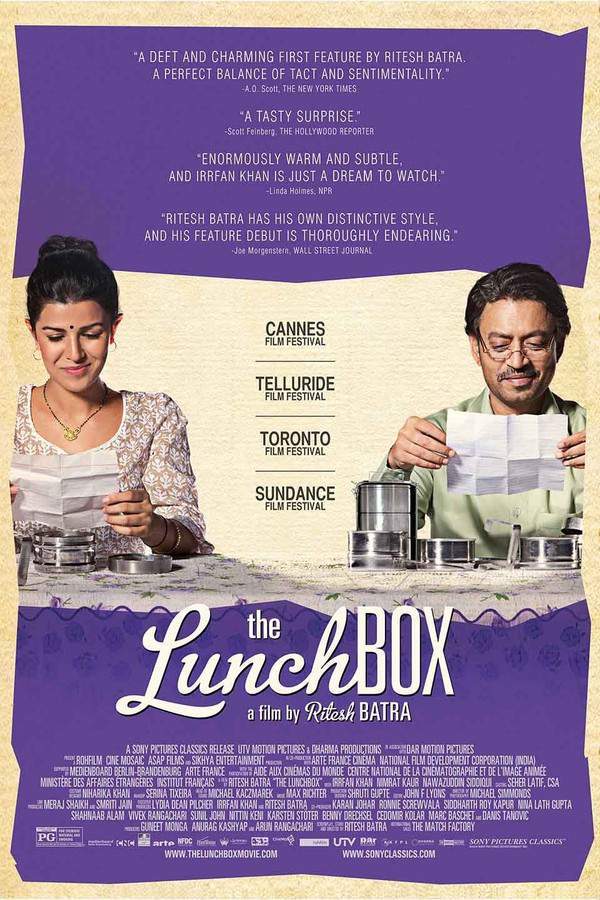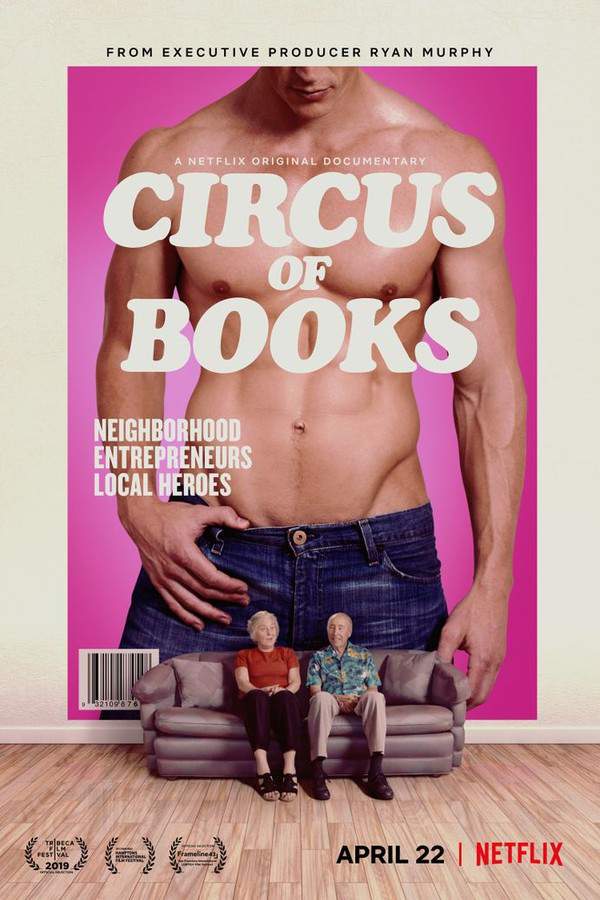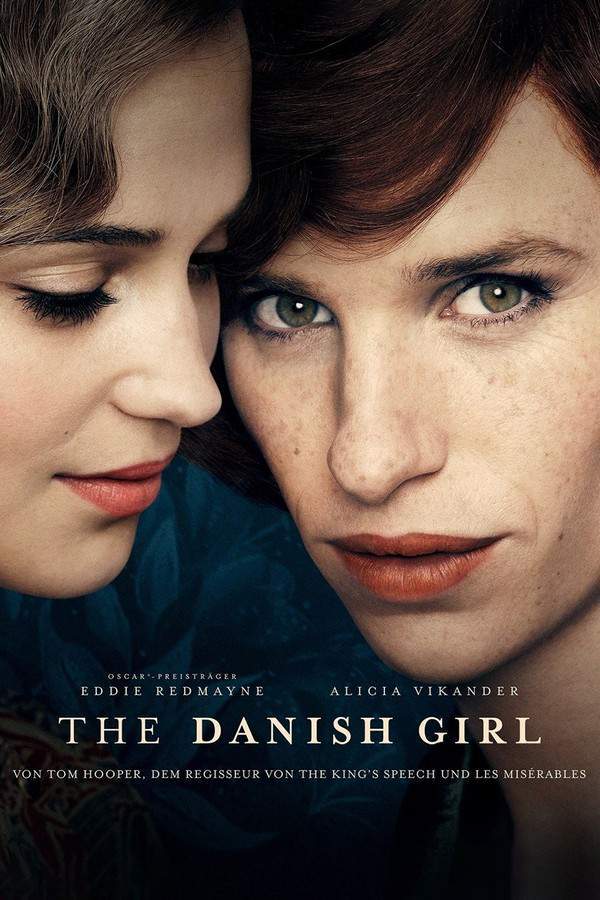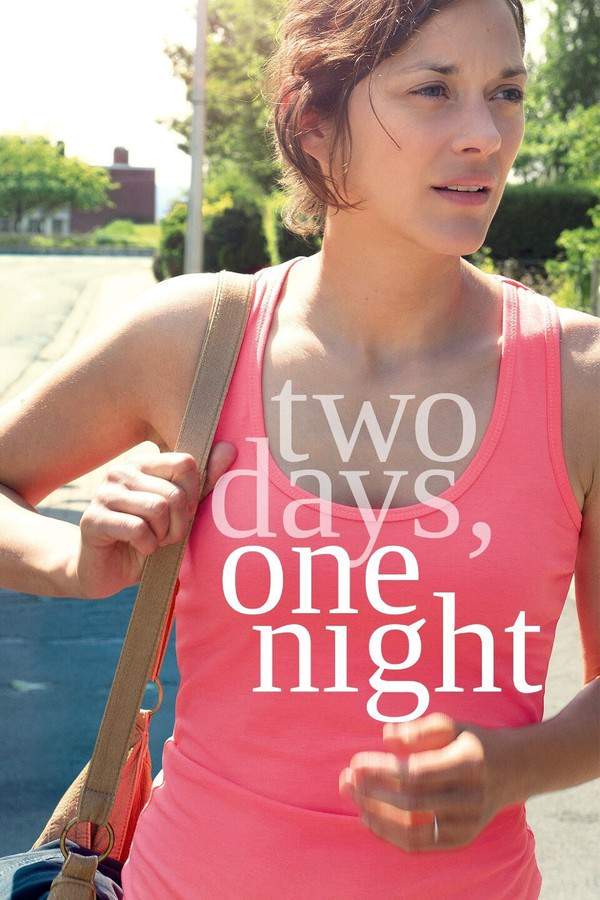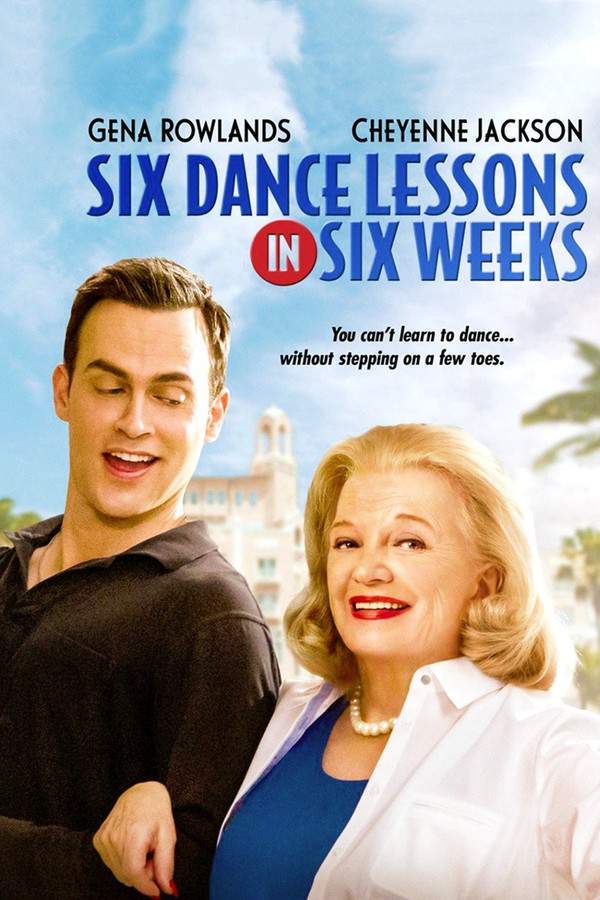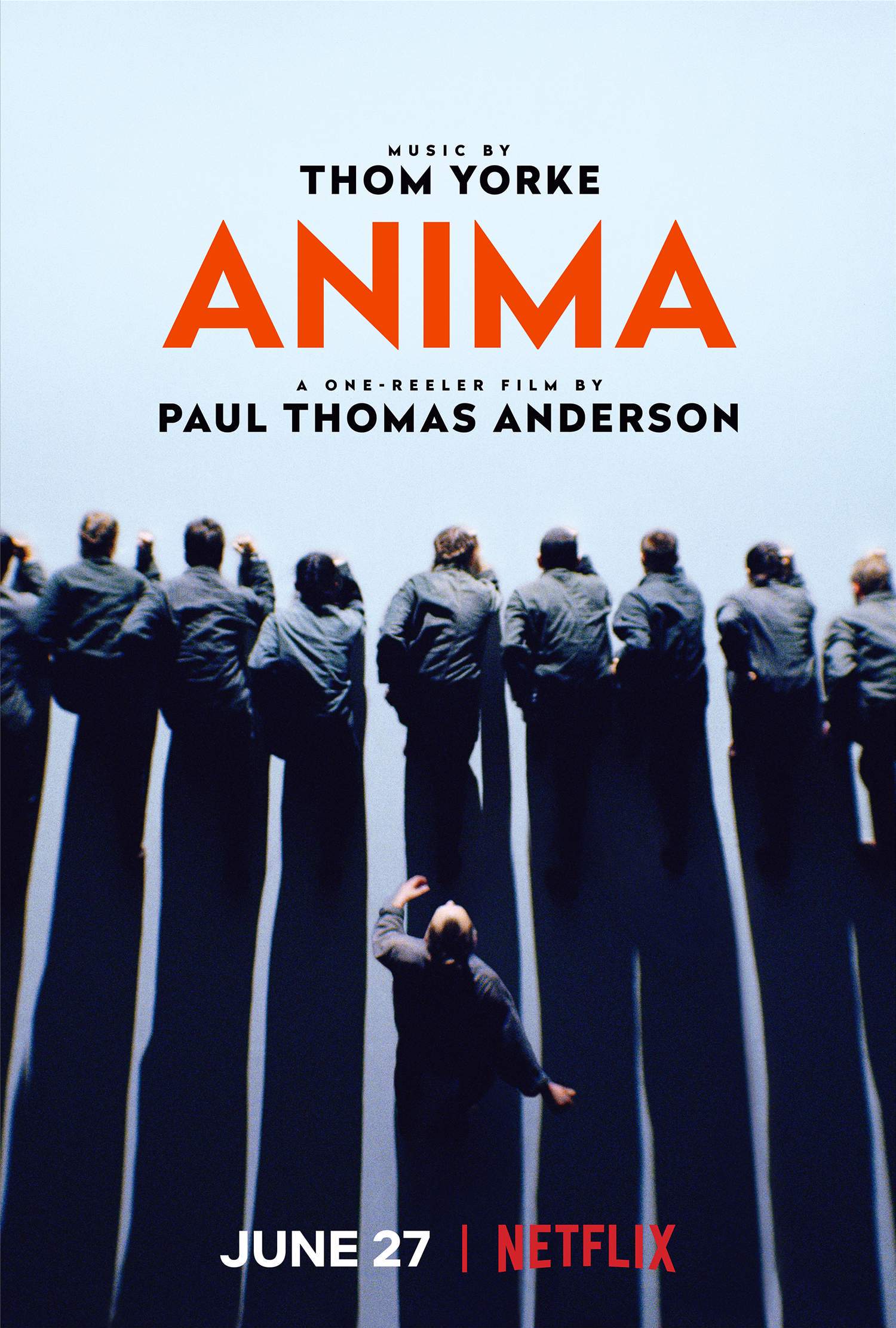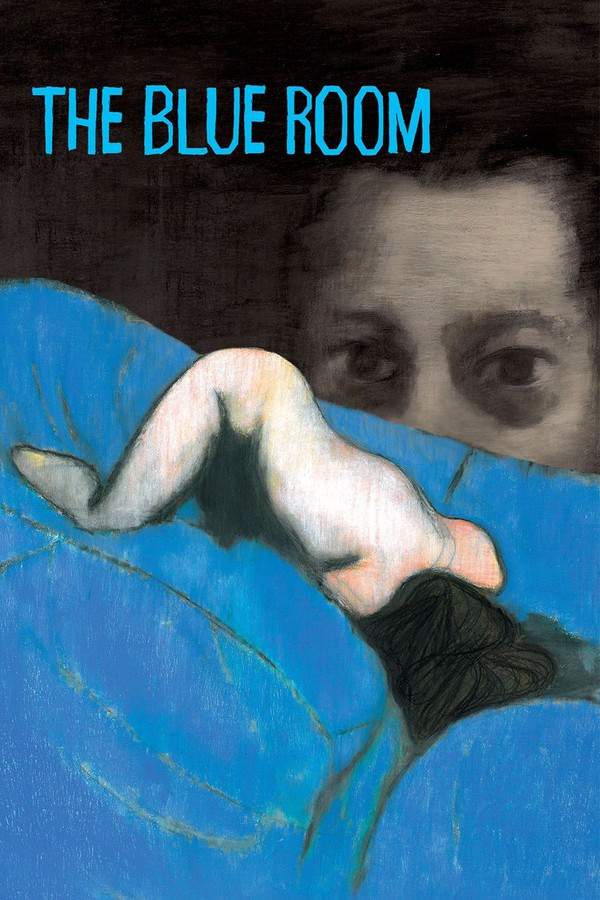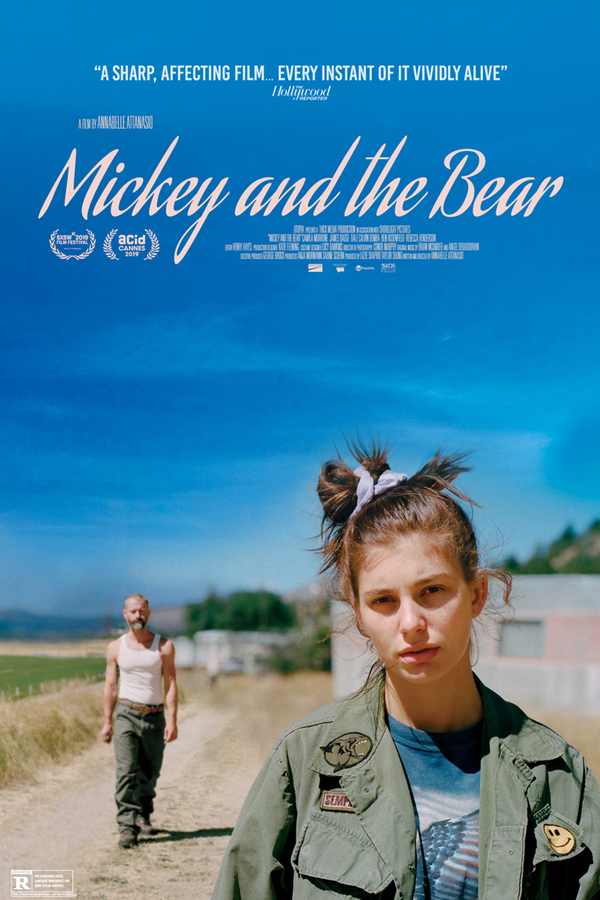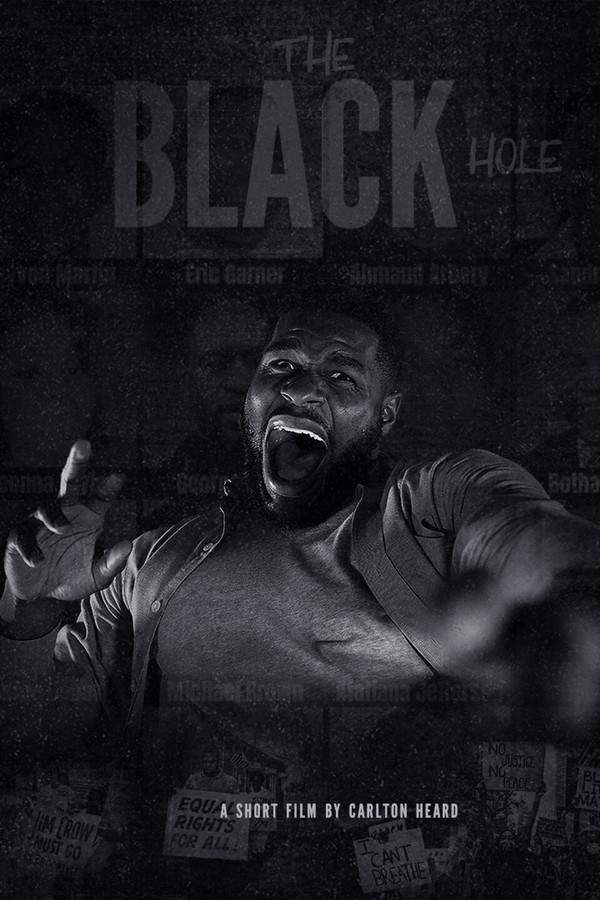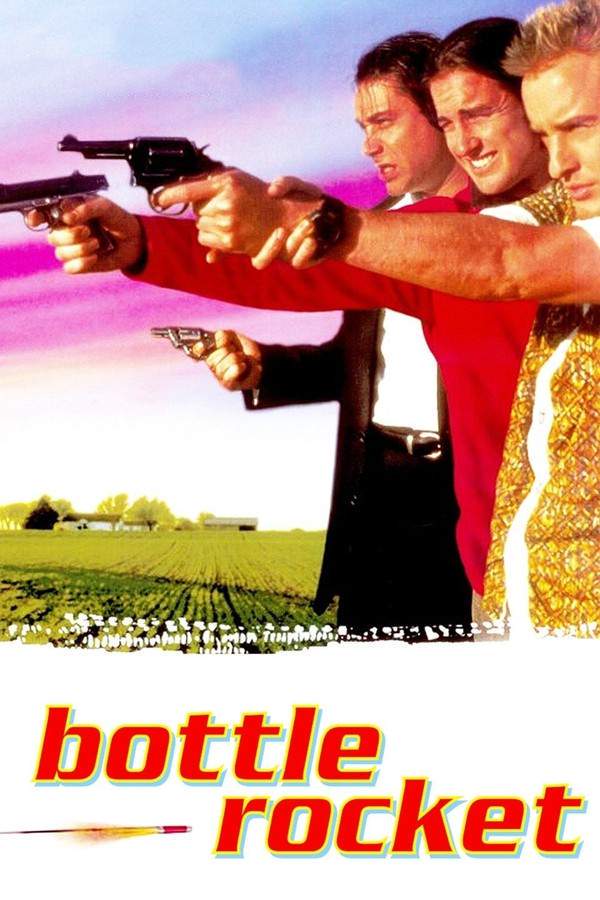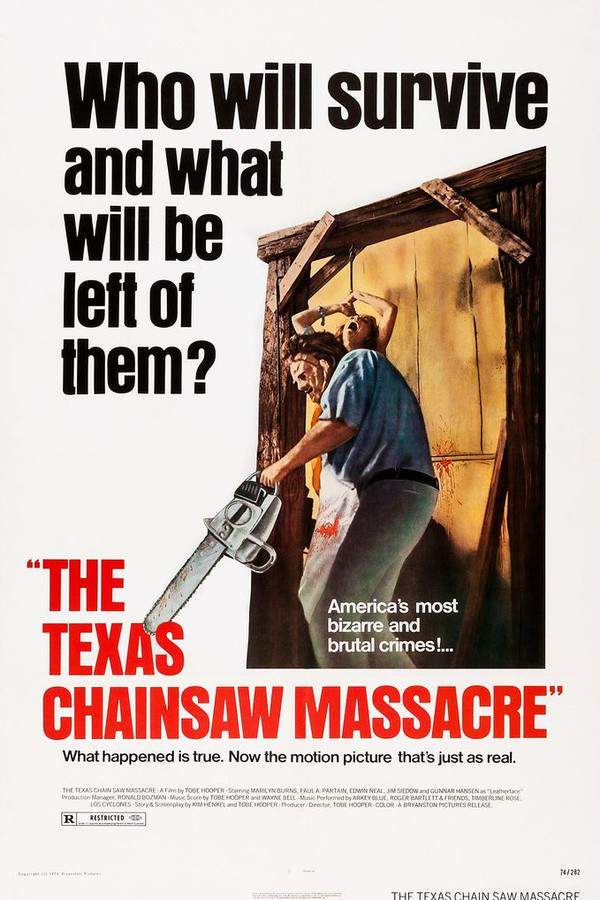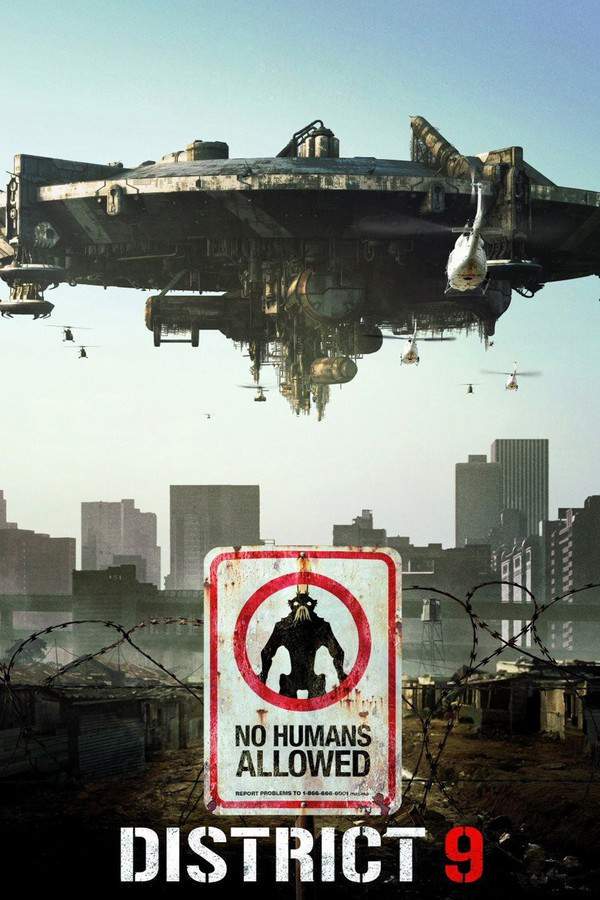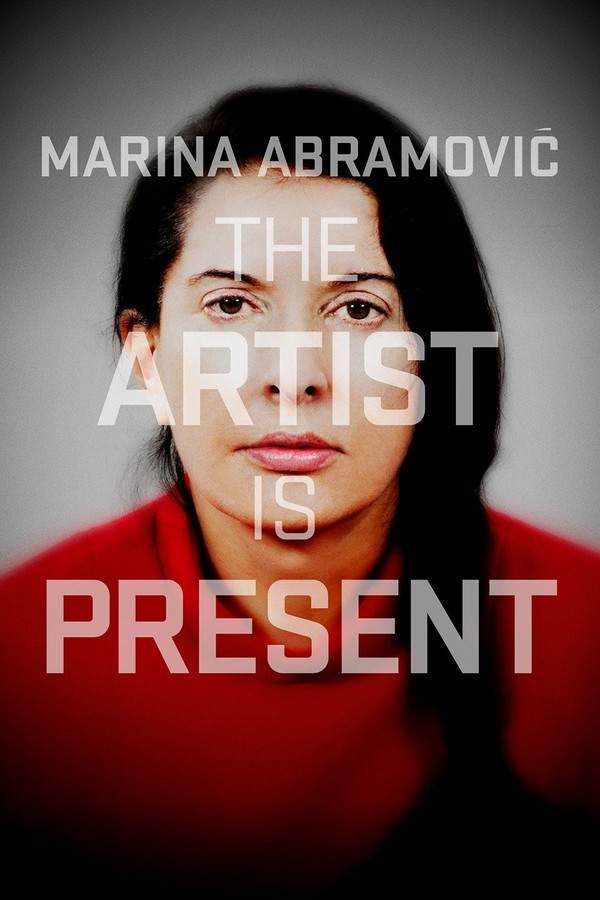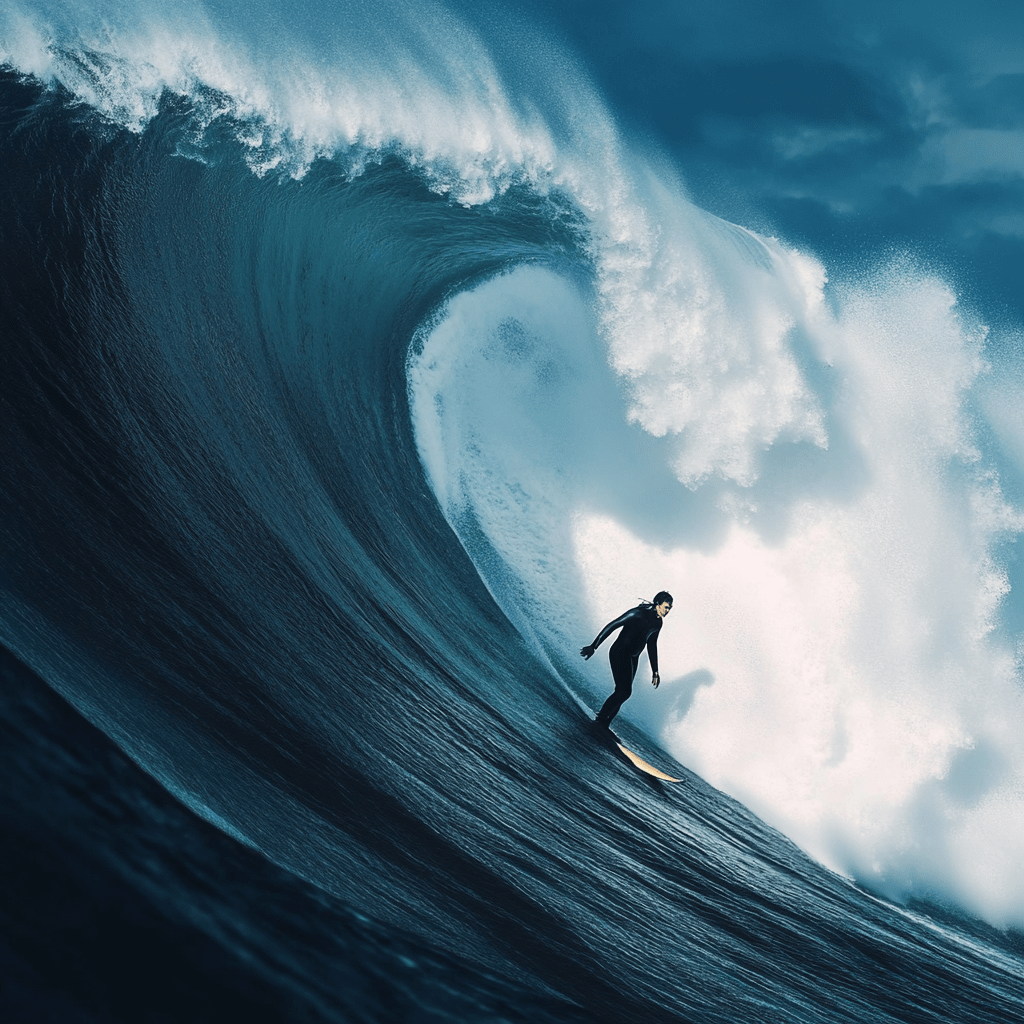What's After the Blog?
Cinema • Criticism
The Art of the Short Film: Crafting Stories in a Limited Time
Discover the captivating world of short films, where storytelling is an art of precision and creativity, crafting impactful narratives within a limited timeframe.
April 26, 2024

Movies mentioned in this article
The Art of the Short Film: Crafting Stories in a Limited Time
Introduction
Short films, often overlooked in the shadow of their feature-length counterparts, are an art form that presents unique challenges and opportunities for filmmakers. Defined typically as films under 40 minutes in length, they offer a condensed space for storytelling, requiring a different approach to narrative construction, character development, and thematic exploration. Short films demand efficiency and creativity, compelling filmmakers to deliver their message and engage their audience quickly and effectively. In the world of cinema, these films are not just a stepping stone for emerging filmmakers but are a distinct and respected medium in their own right. They have the power to tell poignant, impactful stories, often leaving a lasting impression on their audience. From the emotionally stirring Paperman to the hauntingly beautiful The Red Balloon, short films have proven time and again their ability to captivate and move viewers.
Short films also serve as a crucial platform for experimentation and innovation. Filmmakers often use this format to explore new techniques, styles, and narrative structures, pushing the boundaries of traditional storytelling. This medium allows for a freedom and flexibility that can be more challenging to achieve in feature films, given their longer duration and typically larger budgets. Short films like Lights Out and La Jetée, for instance, showcase how filmmakers can creatively use the short format to create stories that are powerful, memorable, and often groundbreaking.
The Evolution of Short Films
The journey of short films through cinematic history is as old as the medium of film itself. In the early days of cinema, most films were short, often only a few minutes long, as they were the only form of moving pictures available. These early films, such as the Lumière brothers’ Arrival of a Train at La Ciotat, were simple in their content but revolutionary in their impact. As the film industry evolved, so did the nature of short films. The 1920s and 1930s saw the rise of short animated films, with studios like Walt Disney Productions leading the way with classics like Steamboat Willie. This era laid the foundation for the short film as a medium for storytelling, distinct from feature films.
In the latter half of the 20th century and into the 21st century, short films have continued to evolve, embracing both technological advancements and changing narrative styles. The advent of digital filmmaking has particularly revolutionized this format, making it more accessible for filmmakers to produce and distribute their work. Short films now encompass a wide range of genres and styles, from traditional narratives to documentaries, from animation to experimental art pieces. The digital age has also seen a surge in the popularity of short films, with platforms like YouTube and Vimeo providing global audiences for works that might once have been confined to film festivals. Sintel and Feast are prime examples of how diverse and accessible the world of short films has become.
The evolution of short films reflects the changing landscape of cinema and storytelling. These films continue to be a vital part of the film industry, providing filmmakers with a platform to hone their craft, experiment with new ideas, and tell stories that might not find a place in mainstream cinema.
”What makes a great short film?”
The essence of a great short film lies in its ability to convey a compelling story within a limited timeframe. This challenge necessitates a focus on the core message, stripping away any superfluous elements to hone in on the heart of the story. Key elements that often distinguish a successful short film include a clear and engaging narrative, strong character development, and an impactful conclusion that resonates with the audience. Short films like Whiplash, which later inspired a feature-length version, and The Lunchbox, renowned for its simple yet powerful storytelling, exemplify these qualities. These films manage to create an emotional connection with the audience, leaving a lasting impression despite their brief duration.
Visual storytelling is another critical aspect of short films. With limited time to convey the narrative, visuals become an essential tool for storytelling. Filmmakers often use symbolism, creative cinematography, and compelling visuals to express themes and emotions. For example, The Fantastic Flying Books of Mr. Morris Lessmore uses stunning animation to tell a heartwarming tale about the power of stories, while Logorama employs a unique visual style to create a satirical narrative. These films demonstrate how innovative visuals can enrich the storytelling experience in short films.
Narrative Techniques in Short Films
Short films often employ various narrative techniques to maximize their limited runtime. One common approach is the use of minimalism, focusing on a single event, character, or idea. This technique allows for a more in-depth exploration of the subject within the short format. Films like Curfew and Stutterer are excellent examples of this approach, where the entire narrative revolves around a pivotal moment or interaction, delivering a powerful impact.
Another effective narrative technique in short films is the use of symbolism and metaphor. By embedding deeper meanings within their stories, filmmakers can convey complex ideas and themes succinctly. The Danish Poet, for instance, uses poetic visuals and narration to weave a story that is both simple and profound. Similarly, Two Cars, One Night employs subtle symbolism to explore themes of childhood and connection.
In addition to these, some short films utilize non-linear storytelling or ambiguous endings to engage the audience’s imagination and invite multiple interpretations. This approach can make the viewing experience more interactive and thought-provoking, as seen in films like Six Shooter and Neighbours. By employing these narrative techniques, short films can achieve a depth and richness that belies their brief duration, proving that great storytelling is not confined by time.
The Role of Innovation and Creativity
In the realm of short films, innovation and creativity are not just beneficial; they are essential. The constraints of time and resources often push filmmakers to think outside the box, leading to some of the most inventive and groundbreaking works in cinema. Short films provide a space where risks can be taken, and unconventional storytelling can thrive. This environment of creative freedom has given birth to films like Anima and Room 8, which challenge traditional narrative structures and explore unique visual styles.
The limited duration of a short film can also inspire creative methods of character development and plot progression. Filmmakers might use rapid but effective characterisation techniques or imply larger stories through subtle hints and nuances. This creative economy of storytelling is evident in films like Bear Story and The Black Hole, where every scene, every shot, and every line of dialogue serves a purpose, contributing to a rich narrative tapestry within a condensed format.
Short Films as a Launchpad for Filmmakers
Short films are often the proving ground for emerging filmmakers. This format allows directors, writers, and producers to showcase their talents and vision without the extensive financial commitments required for a feature-length film. Many renowned filmmakers began their careers with short films, using them as a portfolio to demonstrate their skills and storytelling abilities. Directors like Wes Anderson with Bottle Rocket and Taika Waititi with Two Cars, One Night used their short films as stepping stones to launch successful careers in feature filmmaking.
Furthermore, short films provide an opportunity for filmmakers to experiment and refine their style. They serve as a platform for artists to hone their craft, explore different genres, and develop their unique voice. The success of short films like Saw and District 9, both of which were later developed into full-length features, underscores the potential of short films as a launchpad for larger projects and a career in the film industry.
In conclusion, the short film format, with its inherent limitations, serves as a catalyst for innovation, creativity, and the development of new talent in cinema. It is a medium that not only stands on its own but also contributes significantly to the broader landscape of filmmaking.
”How do short films impact the film industry?”
Short films have a significant impact on the film industry by serving as a testing ground for new ideas and talent. They often set trends, introduce innovative storytelling techniques, and showcase emerging talents that go on to shape the future of cinema. In the film industry, short films are recognized for their ability to explore unconventional narratives and visual styles, often influencing the aesthetic and thematic directions of larger-scale films. Directors like Damien Chazelle, whose short film Whiplash was later expanded into an Oscar-winning feature, demonstrate how ideas incubated in the short film format can resonate on a larger stage.
Moreover, short films play a crucial role in film festivals, often acting as a gateway for filmmakers to gain recognition and opportunities. Prestigious festivals like Sundance and Cannes feature short film categories, providing a platform for these works to reach a global audience and catch the attention of industry professionals. This exposure can be instrumental in launching the careers of filmmakers and bringing their unique visions to a wider audience. Additionally, short films contribute to the diversity of the industry by providing a platform for voices and stories that might not find space in mainstream cinema.
Short Films in the Digital Era
The advent of digital technology has revolutionized the production and distribution of short films, making it easier and more cost-effective to create and share these works. Digital platforms like YouTube, Vimeo, and even social media have democratized the filmmaking process, allowing anyone with a camera and a story to reach a global audience. This accessibility has led to an explosion of creative short film content, with filmmakers from all over the world showcasing their talents.
Short films in the digital era have also benefited from advancements in technology, such as high-quality digital cameras and editing software, which have made professional-grade filmmaking more accessible. This has resulted in a surge of high-quality short films that can compete with traditional cinema in terms of production values. Furthermore, online platforms have created new opportunities for monetization and audience engagement, with short filmmakers finding innovative ways to fund, market, and distribute their work.
In this digital landscape, platforms like What’s After the Movie (ATM) play a pivotal role in highlighting the importance and relevance of short films. ATM provides a space for film enthusiasts to explore and appreciate the vast array of short films available, underscoring the significant role these films play in the cinematic universe.
In our next sections, we will summarize the unique artistry of short films and offer a final invitation to delve deeper into this fascinating film format with ATM.
Conclusion
The art of the short film is a testament to the power of concise storytelling. These films, often just a few minutes long, are capable of conveying emotion, presenting complex characters, and telling engaging stories with an economy of time and resources that is unparalleled in other film formats. The challenge of crafting a compelling narrative within such a limited timeframe has led to some of the most innovative and memorable films in cinema. Short films are not just a mere stepping stone for aspiring filmmakers but a distinct and vital form of artistic expression. They reflect the diversity of human experiences, showcasing a wide range of genres, styles, and voices, from the heart-wrenching Bao to the thought-provoking The Present. The legacy of short films in cinema is profound, influencing not only the way stories are told but also the future of filmmaking itself.
A World of Discovery Awaits
We hope this exploration into the art of the short film has inspired you to delve deeper into this often-overlooked yet incredibly rich and diverse medium. For those who are curious to explore more about the world of cinema, we invite you to discover other insightful posts at What’s After the Movie. Our platform is a treasure trove of film knowledge, offering insights into various genres, filmmaking techniques, and the stories behind your favorite films. Whether you’re a film aficionado or a casual movie-goer, What’s After the Movie provides a unique perspective on the cinematic world. Join us as we continue to explore, celebrate, and appreciate the wonders of film in all its forms.
Continue reading

What's After the Movie?
Not sure whether to stay after the credits? Find out!
Explore Our Movie Platform
New Movie Releases (2025)
Famous Movie Actors
Top Film Production Studios
Movie Plot Summaries & Endings
Major Movie Awards & Winners
Best Concert Films & Music Documentaries
Movie Collections and Curated Lists
© 2025 What's After the Movie. All rights reserved.

